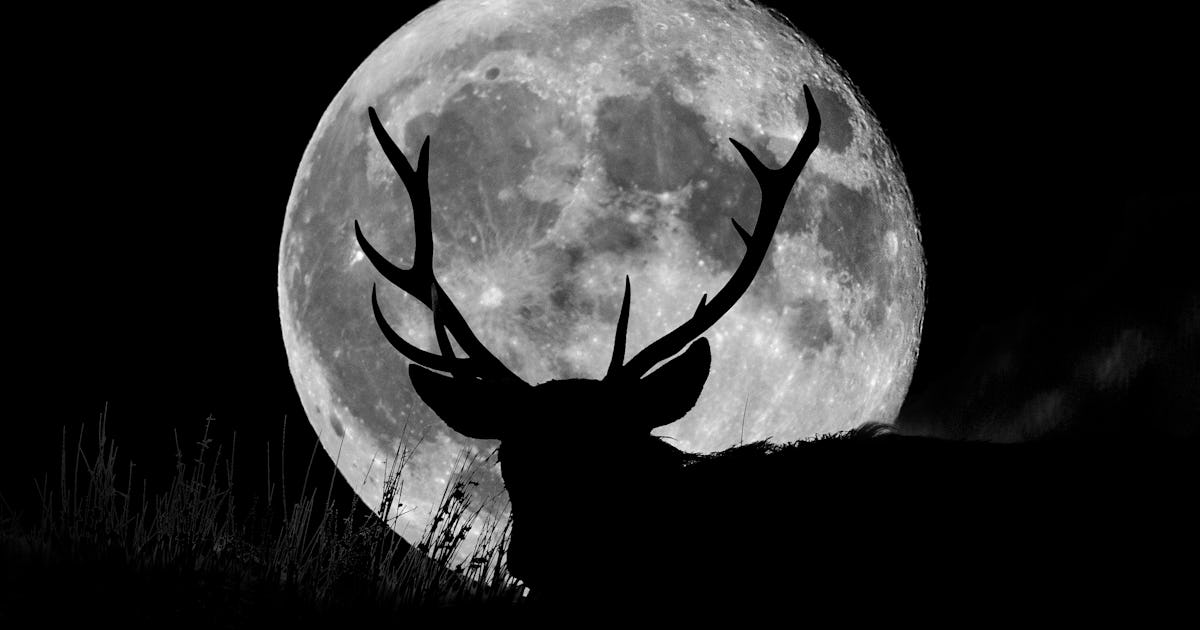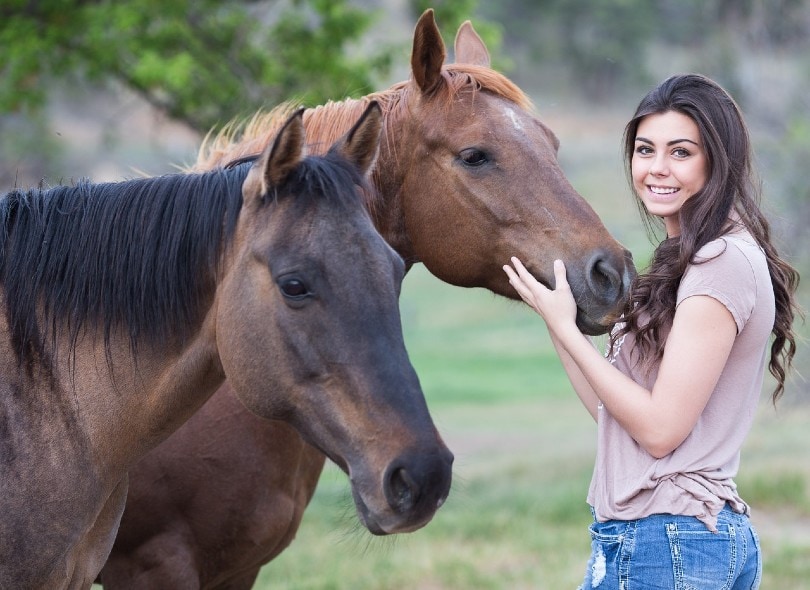

Congratulations! You are a new horse owner! Now that you have your own horse, you are going to need to pick up some essentials. While you may already know some of the things you need, we have put together this horse supplies list to make sure you don’t forget anything important. Our list will show you what you need for a horse so keep reading to find out more!

Horse Supplies List
This list contains the basic supplies you will need for a horse. It is important to note that you will want to wait until you have your horse before you acquire some of these materials as they will be dependent on horse size. We’ve noted in the descriptions below where this applies.
1. Basic Medical Products
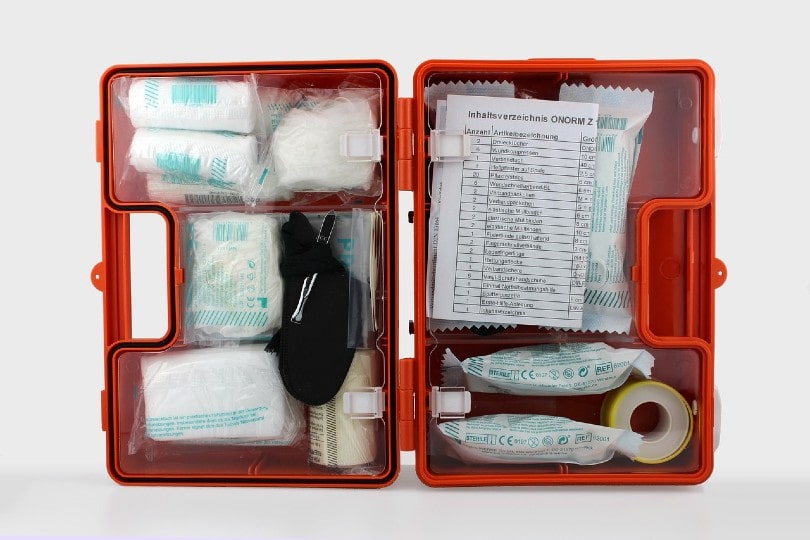
There are many products you may want to have on hand in the event of a minor injury to your horse. The basics are a flashlight, clean towels, instant activation ice packs, bandage scissors, rubbing alcohol, latex or rubber gloves, adhesive bandage tape, and non-adhesive wound pads that are at least 4 inches wide. It is also recommended that you have a roll of sterile cotton and 2-inch wide gauze.
2. Equine First Aid Kit
Along with your basic medical products, you should also have some horse-specific medical products. These include stable bandages, an antimicrobial scrub, and a veterinary horse thermometer. You should also have a large leg wrap like a leg quilt or standing wrap.
3. Feed
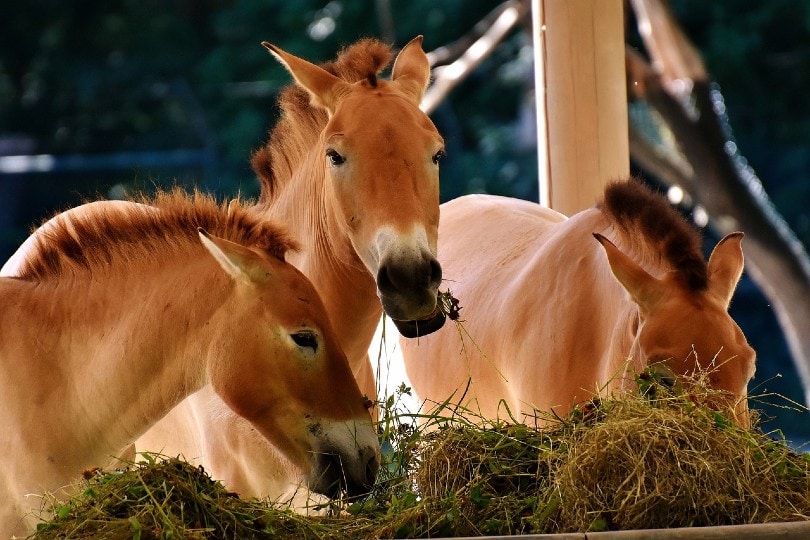
You will want to introduce new feed to your horse slowly. You should begin by mixing in only a little bit of your hay and feed in with the hay they were used to eating before they came into your care. You will have to coordinate this with their previous owner to make sure you can have the horse’s old hay available. Then, you can increase the ratio of your hay gradually until the horse is only eating your hay.
The majority of your horse’s food should come from hay. Generally, horses can be expected to eat anywhere from 20 to 50 pounds of hay per day, depending on size, activity level, breed, and environmental conditions. Horses can also eat small amounts of grains and nutritional pellets. You should consult your veterinarian about the proper amount and type of food for your horse.
4. Feed Bucket
The biggest key when selecting a feed bucket is to make sure it is easy to clean. If food or grain is left in the bucket, it can ferment, which can cause stomach problems for your horse.
5. Feed Storage
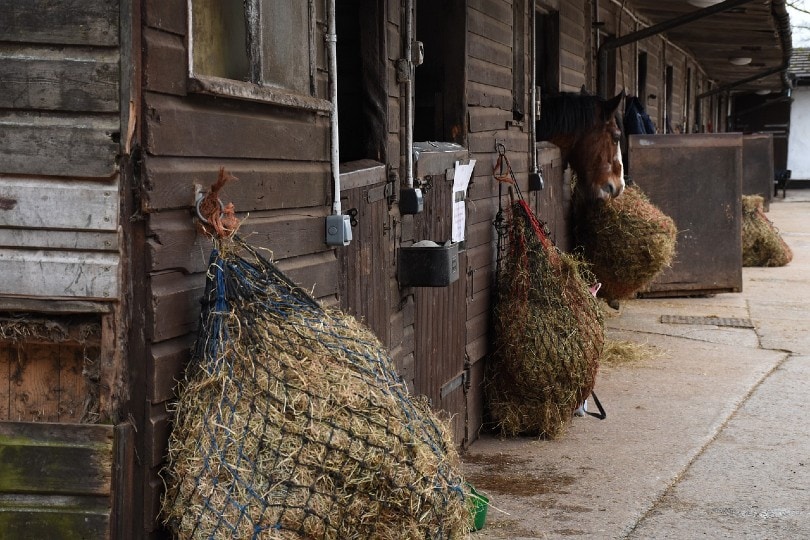
The biggest keys to storing feed are preventing moisture and pests from getting to it. Therefore, you want a waterproof container with a good lid. You can purchase a horse feed-specific container, or use a garbage can with a sealable lid. One recommendation often made by horse owners is to always make sure you are using up all of your old feed before adding new feed to your bin. Otherwise, the old feed will sit at the bottom of the container when the new food is added on top of it.
6. Grooming Kit
The essentials to include in your grooming kit include a hoof pick, curry comb, mane and tail brush, body brush, washcloths or rags, and shampoo and conditioner. Grooming is a part of your everyday routine when you own a horse. It provides opportunities for you and your horse to bond and for you to check them over for injuries.
7. Halter & Lead Rope
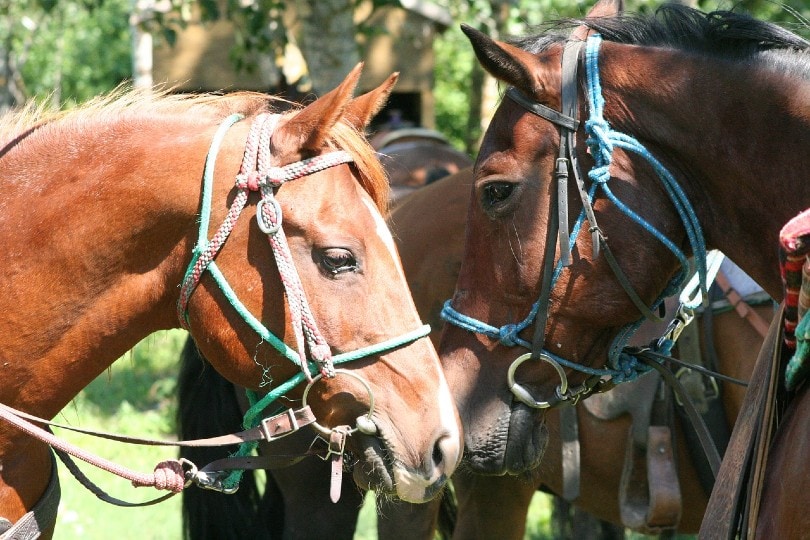
This is one of the products you will want to wait until you have your horse to buy. The halter should fit between your horse’s eyes and nostrils. It should also allow your horse to breathe and swallow comfortably.
8. Riding Helmet
You should purchase a helmet that fits comfortably but is not too tight. It should cover your forehead and have a visor over the eyes. It should not slip up or down on your head and the fit should be even all the way around.
9. Summer Supplies
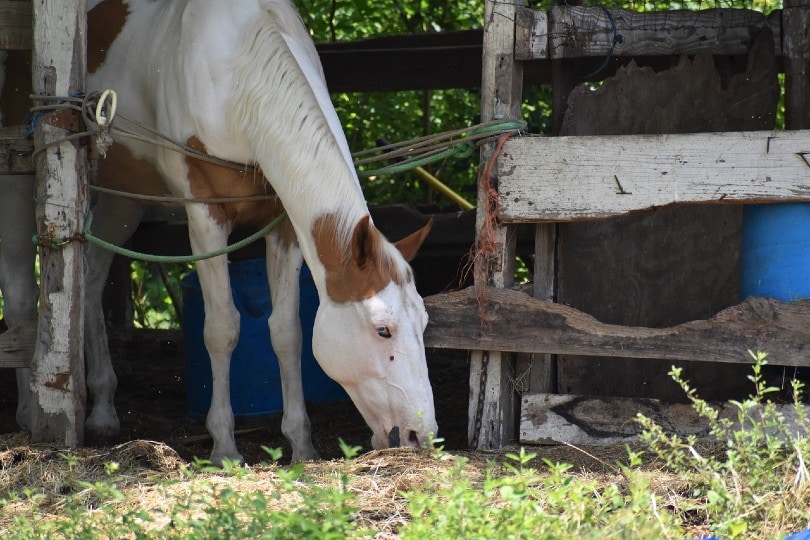
There are a few additional things your horse will need in the summer. The most important aspects include a shady area to keep cool, a continual source of fresh, cool water, and salt blocks.
10. Tack
You will want to wait until you have your horse and have decided how you plan to use your horse before investing in tack. Tack includes a bridle, saddle, bit, neck strap, girth, stirrups, saddlecloth, boots, and an exercise sheet. Most of these materials have different versions for different uses and riding styles. There are also specialist materials if you plan to ride your horse in a specialist discipline.
11. Water Bucket
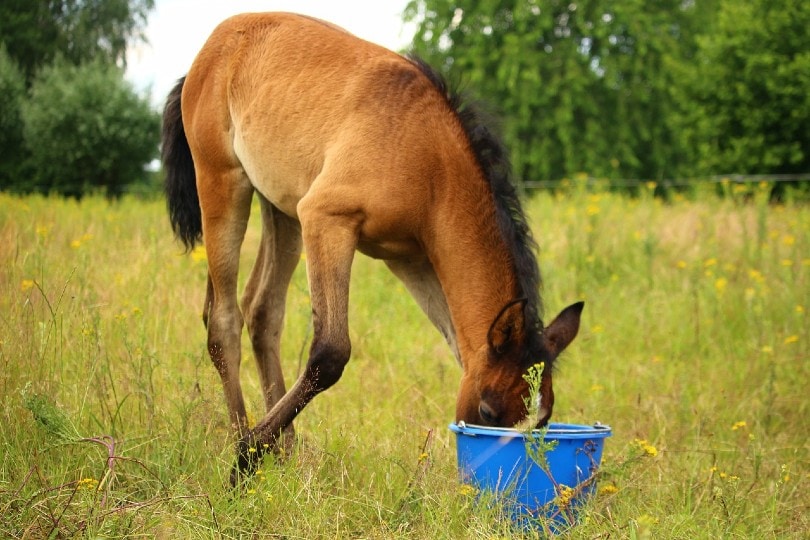
Like your feed bucket, your water bucket should be easy to clean. It should be emptied and cleaned daily. Many horse owners like water buckets with a flat side so it is easy to hang against a wall. You will want to make sure the water bucket has a place where your horse can access it without kicking it over.
12. Winter Supplies
In the winter, especially if you live in an area that gets very cold, you will need additional supplies for your horse. You should have three different thicknesses of blankets, including a sheet, a medium-weight blanket, and a heavy-weight blanket. You also need to make sure your horse has a safe area where he can escape the cold and wind. Your horse will also need to eat a little more in the winter so you will need extra hay on hand.

Concluding Thoughts
Owning a horse is a huge commitment, but with the right supplies, you will be able to navigate the first few weeks easily. Our list will ensure you have everything you need. As you settle into your new routine, you will discover the joy a horse brings to your life.
Featured Image Credit: Lorri Lang, Pixabay
Nicole is the proud mom of Baby, a Burmese cat and Rosa, a New Zealand Huntaway. A Canadian expat, Nicole now lives on a lush forest property with her Kiwi husband in New Zealand. She has a strong love for all animals of all shapes and sizes (and particularly loves a good interspecies friendship) and wants to share her animal knowledge and other experts’ knowledge with pet lovers across the globe.

